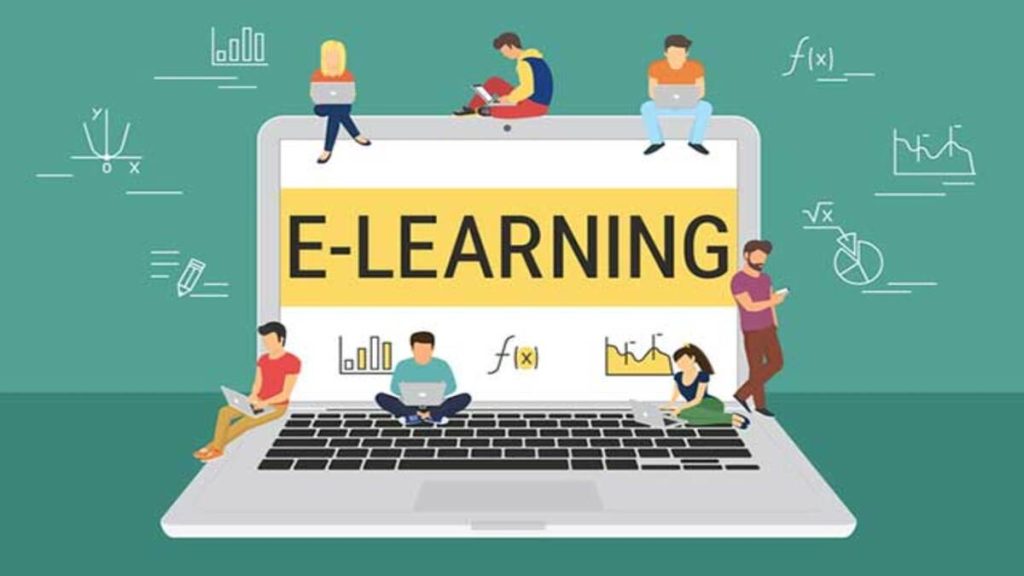Student engagement plays a crucial role in the academic success of learners. When students are actively involved in their learning process, they are more likely to retain information, participate in discussions, and develop a deeper understanding of the subject matter. Educators are constantly seeking new ways to foster this engagement through innovative strategies that capture the interest of their students and motivate them to take ownership of their learning. By employing dynamic approaches, teachers can create an interactive and stimulating classroom environment where students thrive.
Active Learning Techniques
Active learning encourages students to take an active role in their education, moving beyond passive listening and note-taking. One effective method is group discussions, where students collaborate to solve problems, exchange ideas, and explore different perspectives. This not only enhances critical thinking skills but also allows students to engage with the material in a deeper, more personal way. Additionally, hands-on activities like experiments, role-playing, and real-life case studies can make abstract concepts more tangible and relatable, allowing students to see the practical applications of what they are learning.
Technology Integration

Integrating technology in the classroom can significantly boost student engagement by providing interactive and multimedia-rich learning experiences. Tools such as educational apps, online quizzes, and virtual simulations enable students to explore subjects at their own pace and in ways that resonate with their individual learning styles. The use of digital platforms for collaborative projects or discussions also allows students to communicate and share ideas beyond the classroom walls. Incorporating technology not only makes lessons more exciting but also prepares students for the digital world they will encounter outside of school.
Gamification of Learning
Gamification involves applying game elements to non-game environments, like education, to make learning more enjoyable and motivating. Incorporating points, levels, and rewards into lessons can transform even the most challenging topics into competitive and fun activities. For example, creating a point system for completing assignments or quizzes can inspire students to take on challenges and aim for higher achievements. Students can also be encouraged to work in teams, fostering a sense of collaboration while providing an engaging and supportive environment. By introducing elements of competition and rewards, students become more excited to participate and invest time in their learning.
Employing innovative teaching strategies that encourage active participation, incorporate technology, introduce gamified elements, and personalize the learning experience can lead to a more engaging and dynamic classroom environment. These strategies not only enhance student engagement but also contribute to the development of critical thinking, collaboration, and problem-solving skills that are essential for success both inside and outside the classroom.





